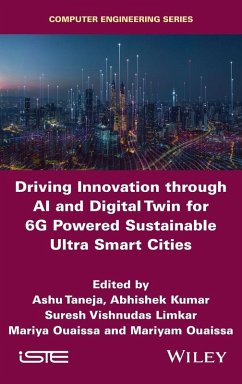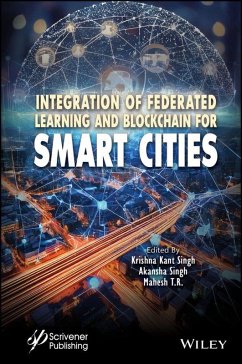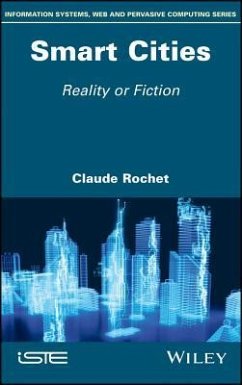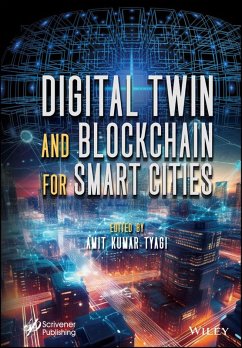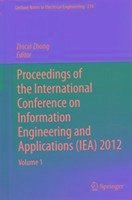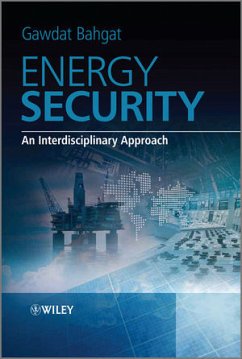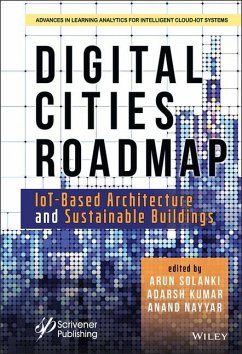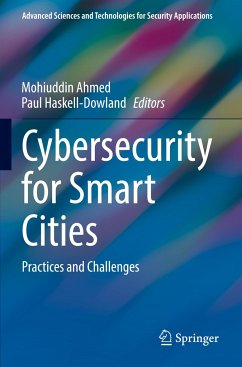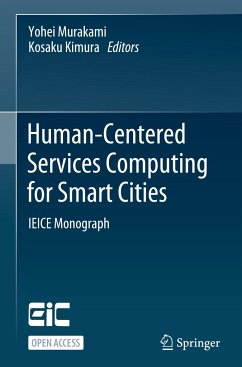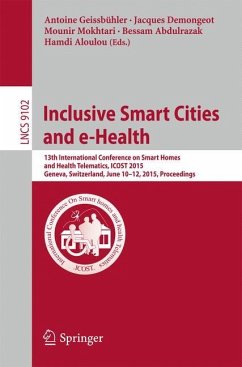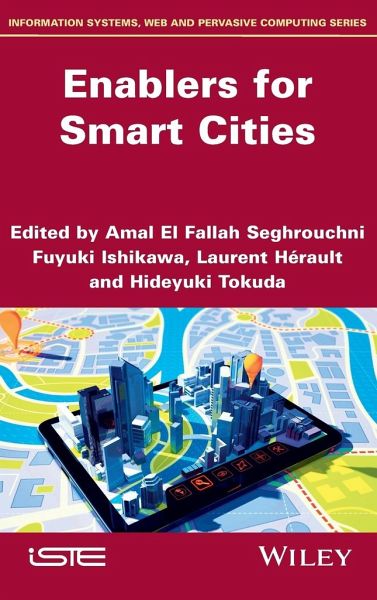
Enablers for Smart Cities
Versandkostenfrei!
Versandfertig in über 4 Wochen
159,99 €
inkl. MwSt.
Weitere Ausgaben:

PAYBACK Punkte
80 °P sammeln!
Smart cities are a new vision for urban development. They integrate information and communication technology infrastructures - in the domains of artificial intelligence, distributed and cloud computing, and sensor networks - into a city, to facilitate quality of life for its citizens and sustainable growth. This book explores various concepts for the development of these new technologies (including agent-oriented programming, broadband infrastructures, wireless sensor networks, Internet-based networked applications, open data and open platforms), and how they can provide smart services and ena...
Smart cities are a new vision for urban development. They integrate information and communication technology infrastructures - in the domains of artificial intelligence, distributed and cloud computing, and sensor networks - into a city, to facilitate quality of life for its citizens and sustainable growth. This book explores various concepts for the development of these new technologies (including agent-oriented programming, broadband infrastructures, wireless sensor networks, Internet-based networked applications, open data and open platforms), and how they can provide smart services and enablers in a range of public domains. The most significant research, both established and emerging, is brought together to enable academics and practitioners to investigate the possibilities of smart cities, and to generate the knowledge and solutions required to develop and maintain them.




